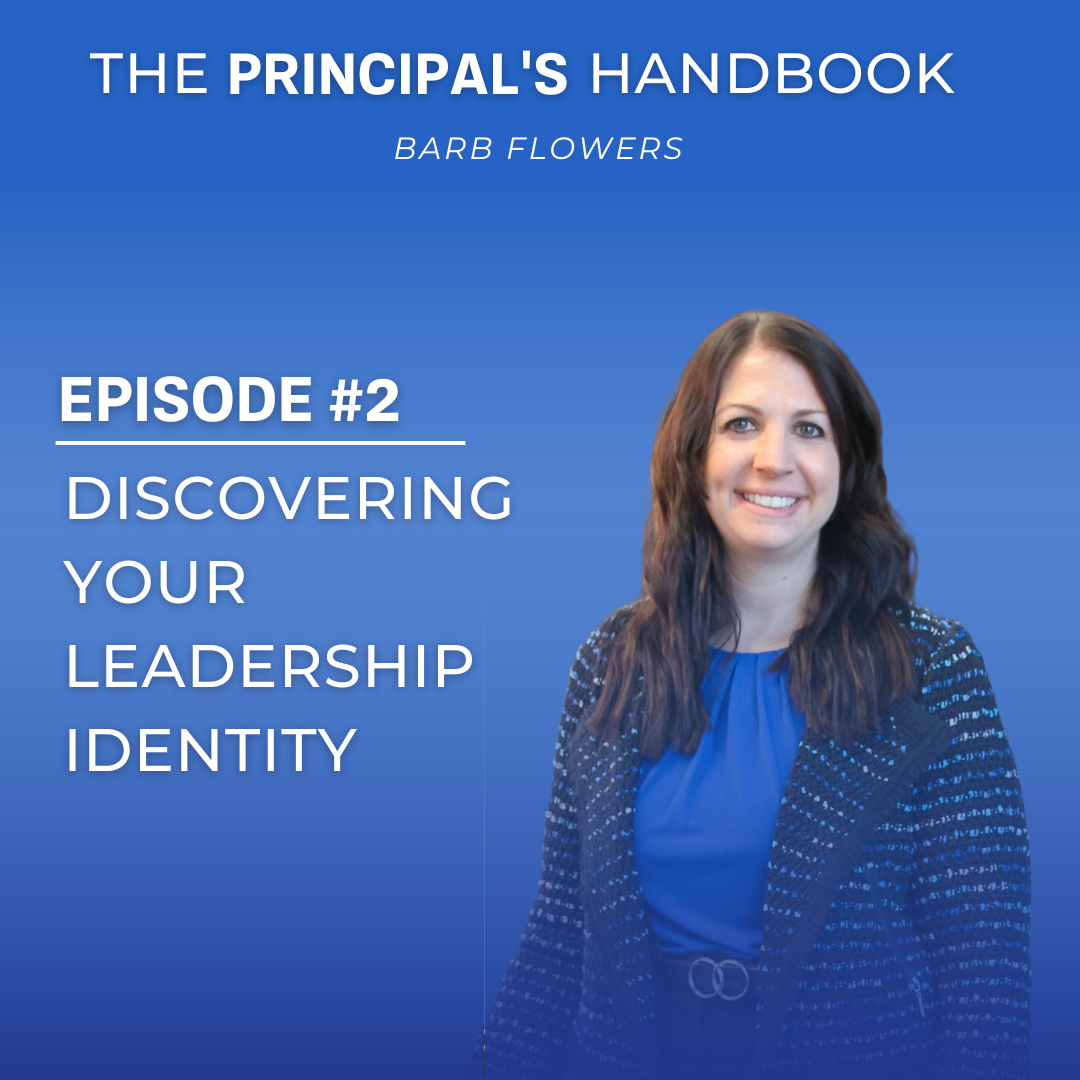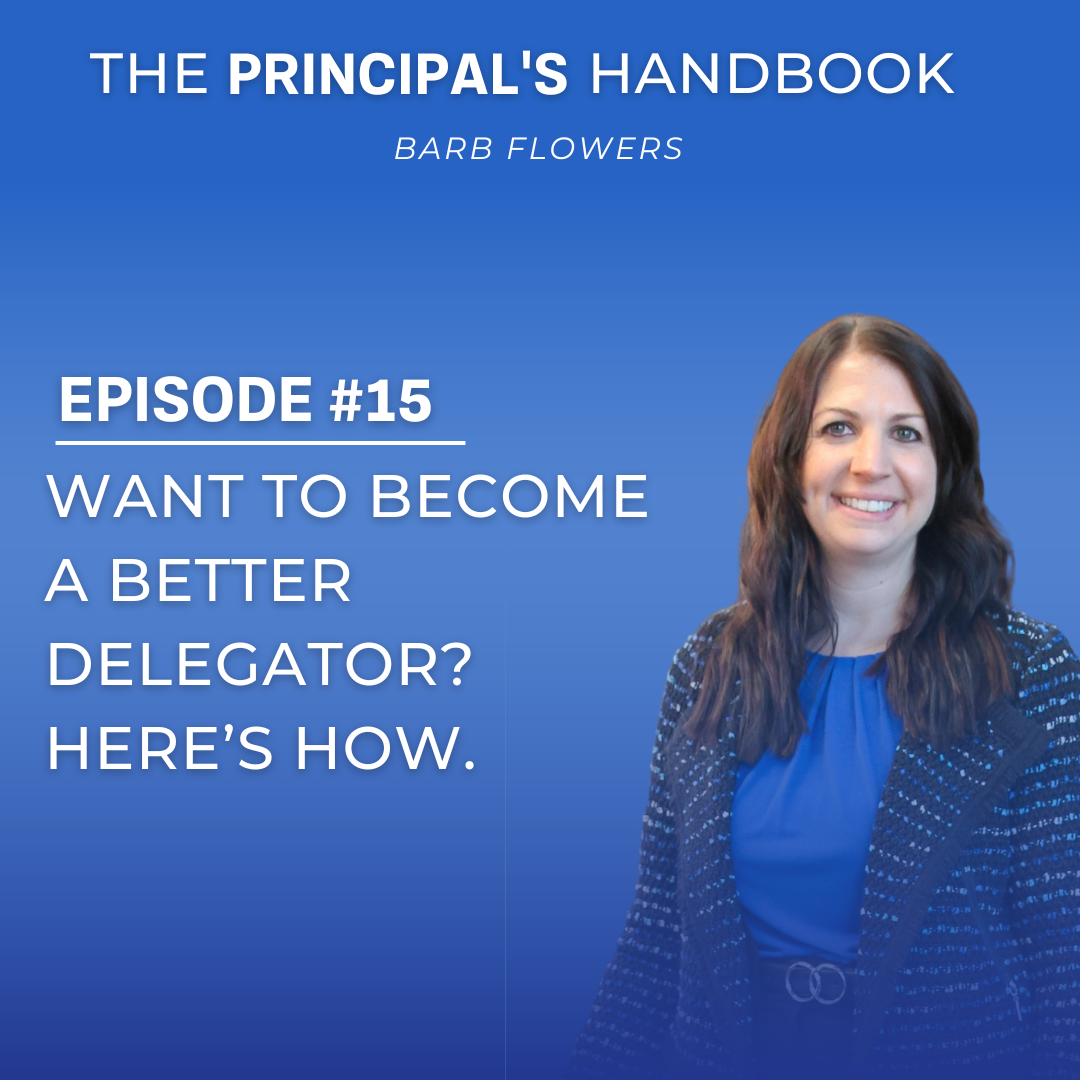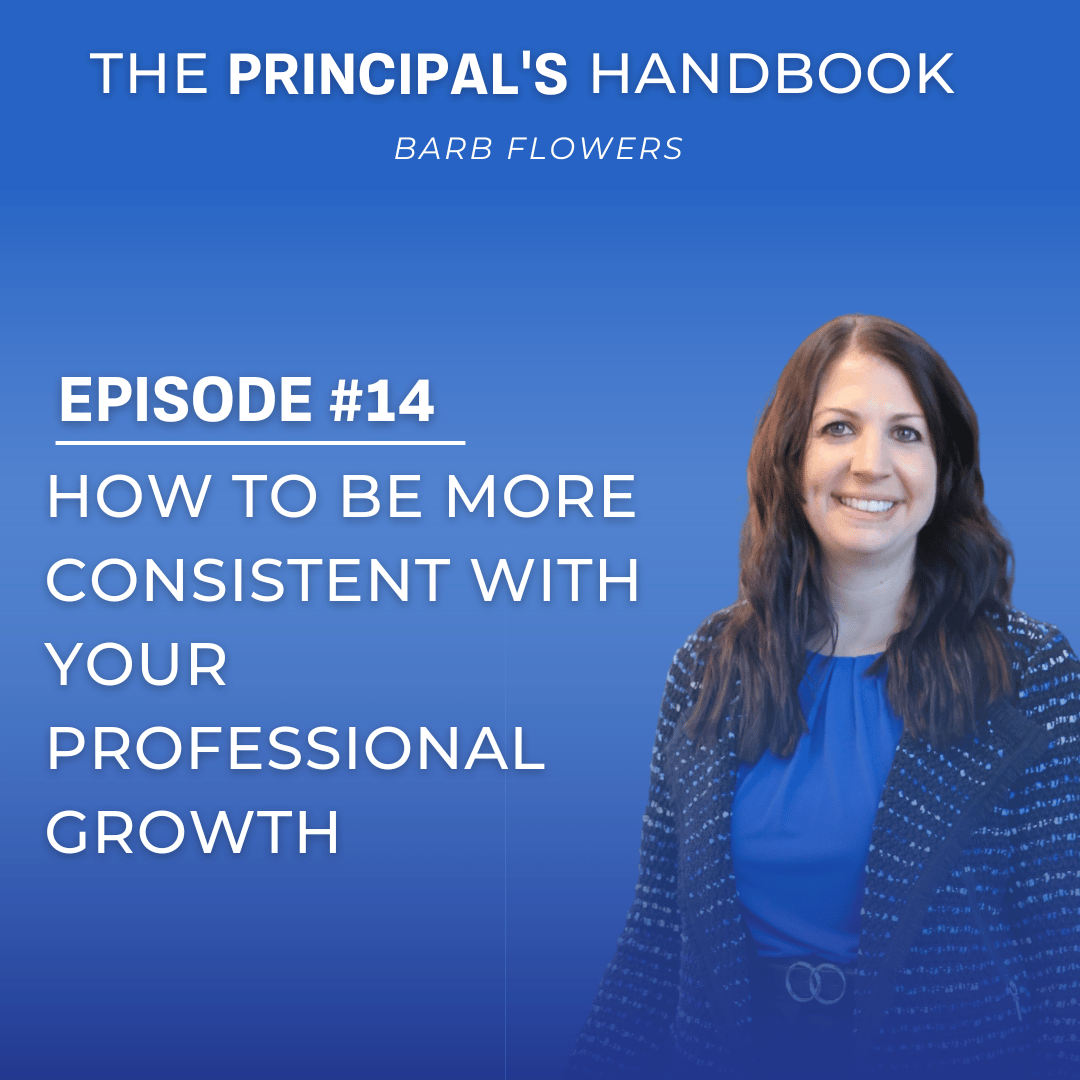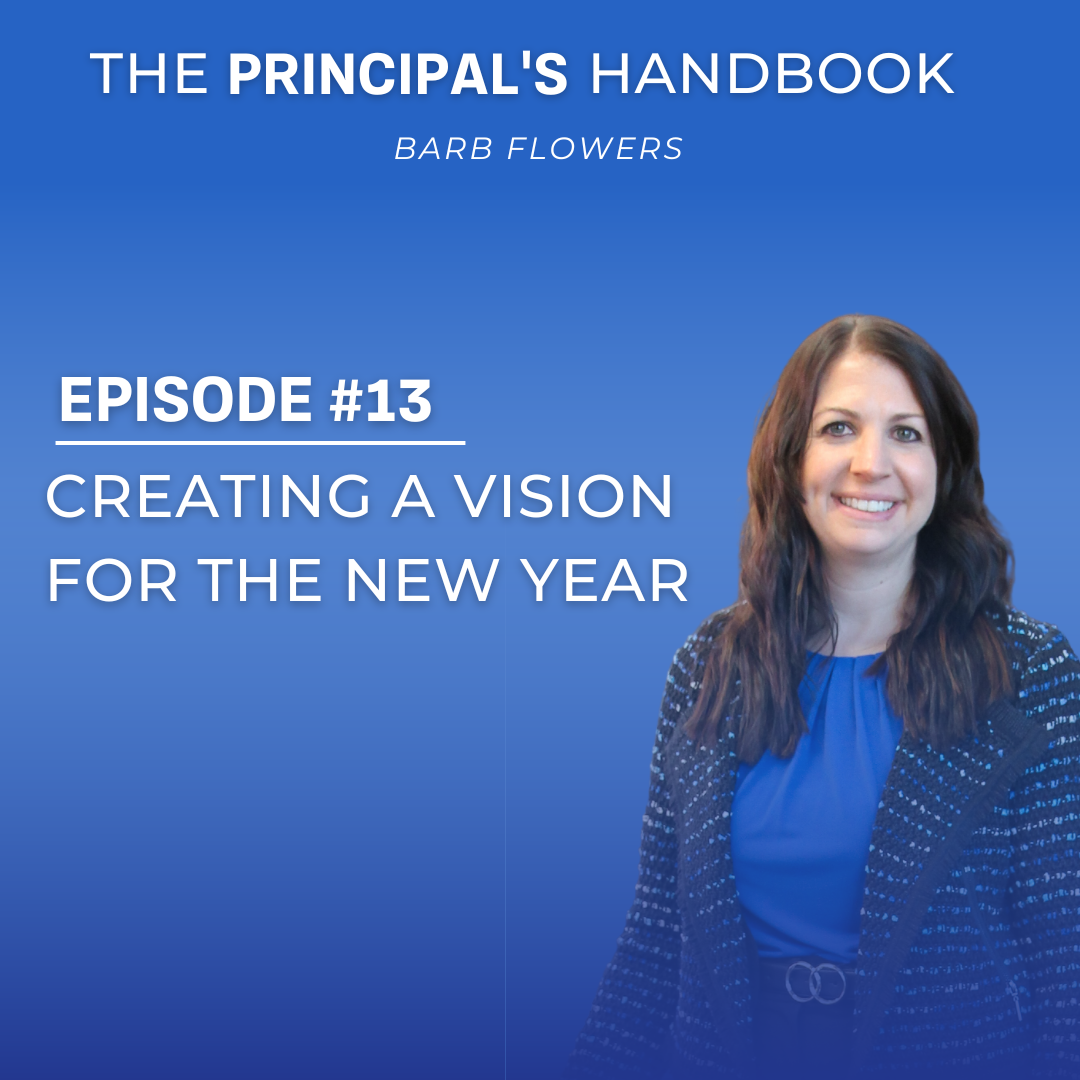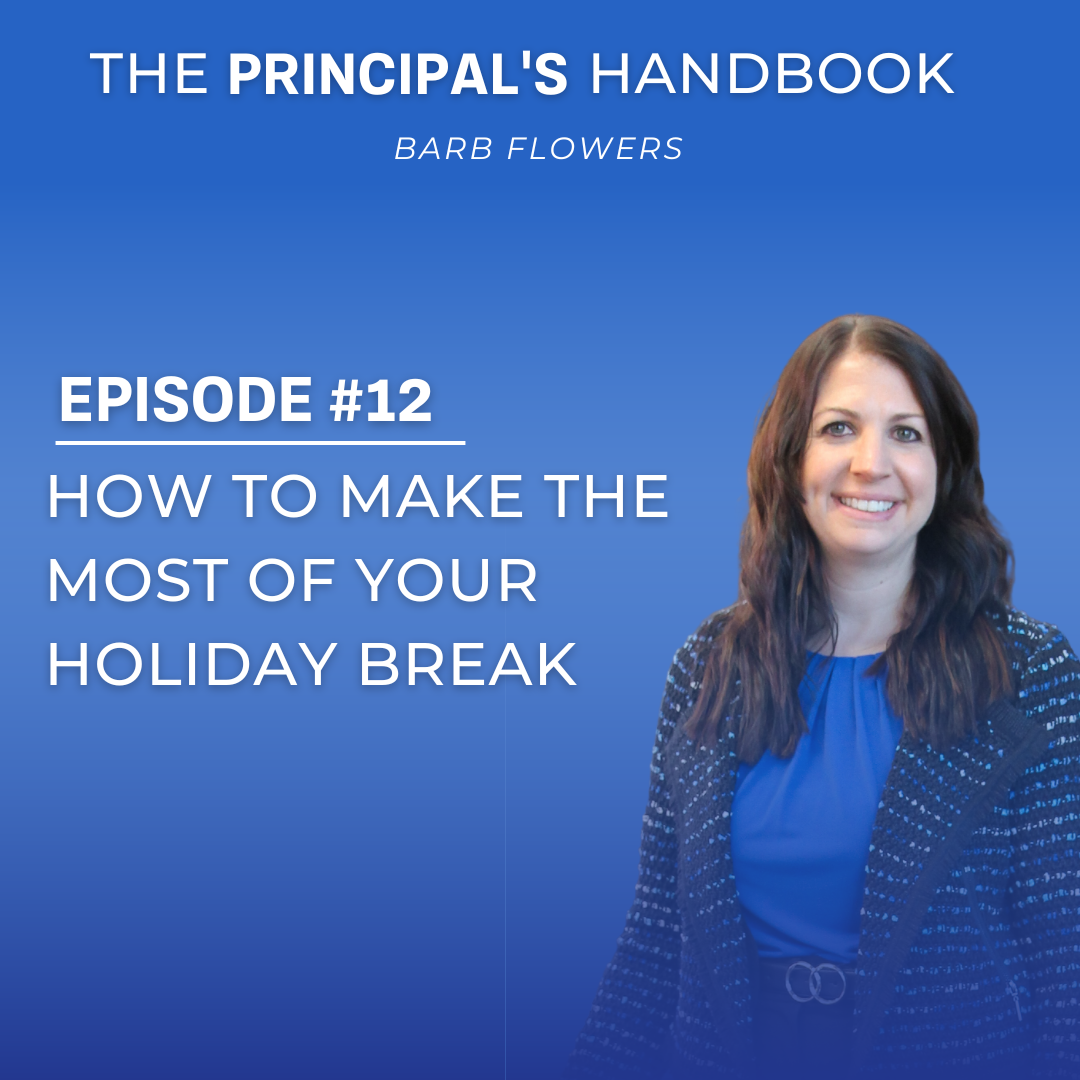Welcome to The Principal’s Handbook — your go-to resource for principals who want to transform their leadership approach and prioritize self-care. I’m Barb Flowers, a certified life coach with eight years of experience as an elementary principal. Every week, we explore strategies to boost mental resilience, manage time effectively, and nurture overall wellness. Together, we’ll navigate the complexities of school leadership while reigniting your passion for the job — because your well-being matters.
Today’s Topic: Knowing Who You Are as a Leader
One of the pillars of confidence I coach on is knowing who you are — both as a person and as a leader. When you deeply understand yourself, you show up more confidently in every aspect of leadership.
Knowing who you are involves understanding your values, beliefs, personality traits, strengths, weaknesses, and your overall purpose. However, it’s not always easy. Often, there’s a gap between the leader we aspire to be and the one we currently are. Closing that gap takes intentional work and honest reflection.
Especially in education, where professionalism is key, it’s easy to feel like you have two versions of yourself: the “principal” and your personal self. I operated that way for years — but over time, I learned the power of authentic leadership: showing up as a more polished version of myself, without losing who I truly am.
Today, I’m sharing four tips to help you uncover your leadership identity — because knowing yourself is the foundation of confident leadership.
Four Tips to Know Who You Are as a Leader
1. Take Time for Reflection
As principals, we value reflection in teachers — but how often do we model it ourselves?
One simple way is to journal daily. Reflect on:
Here are a few reflection questions you can explore:
-
What are my core values and beliefs?
-
Why do I get up and do what I do every day?
-
What do I believe about students, staff, and families?
-
Am I clearly communicating my beliefs to my school community?
Also, reflect on your strengths and weaknesses. Knowing these helps you leverage your talents and delegate when needed.
For example, my strength is instructional leadership — I love collaborating on curriculum work and leading reading initiatives. However, planning fun activities is not my strength. I delegate that to a spirit committee led by a talented secretary who thrives in that area.
Lastly, think about your passions and goals:
-
What topics energize you?
-
What are your short- and long-term goals?
-
How are you intentionally moving toward them each day or week?
Writing down your goals daily keeps them top of mind, aligns your subconscious with your mission, and ensures your time is spent meaningfully.
2. Complete a Personality Assessment
Personality assessments can offer valuable insights into your leadership style.
Some I recommend:
-
Enneagram (my personal favorite — it described me perfectly!)
-
Myers-Briggs Type Indicator (MBTI)
-
Five Voices of Leadership
The Five Voices assessment was especially helpful for my Building Leadership Team. It revealed how our different leadership voices complement each other, strengthening our team dynamics.
The beauty of these assessments is they highlight both strengths and growth areas — helping you lead more effectively without comparing yourself to others.
3. Get Feedback from Others
Seeking feedback can be uncomfortable — but it’s essential for growth.
Ask for feedback from:
When analyzing survey results, look for trends, not isolated comments. Leading a building means not everyone will always agree with you. Focus on the overall patterns to guide your development.
Also, conducting surveys over time helps you measure growth and see consistent strengths or improvement areas.
4. Accept That You Can Grow and Change
Your leadership style and personality traits aren’t fixed. You can grow and evolve.
For example, I used to identify as a people pleaser — a tough trait for principals. Over time, through mindset work and coaching, I redefined that part of myself. Today, instead of labeling myself as a people pleaser, I remind myself:
I make decisions that are best for the building, not to please others.
Affirmations can help you rewire your mindset:
-
I thrive on presenting confidently in front of others.
-
I actively listen to others, aiming to understand rather than focusing on being right.
-
I am a person who continues to learn about myself and grow every day.
You are never stuck. You have the power to intentionally shape the leader you want to be.
Final Thoughts
To recap, the four steps to knowing yourself as a leader are:
-
Take time for reflection
-
Complete a personality test
-
Get feedback from others
-
Accept that you can grow and change
Leadership is not about perfection — it’s about authenticity, self-awareness, and growth.
I hope these tips help you deepen your confidence and lead with even more purpose.
If you’re interested in one-on-one coaching or weekly leadership tips, you can connect with me.
I also offer a free Confidence Strategy Planning Session, where we assess your confidence using the Five Pillars Framework and create personalized goals. Reach out if you’d like to schedule yours!
If you found this episode helpful, please leave a review — it helps others find The Principal’s Handbook too.
Thanks for listening — have an amazing week, and stay tuned for next week’s episode!


